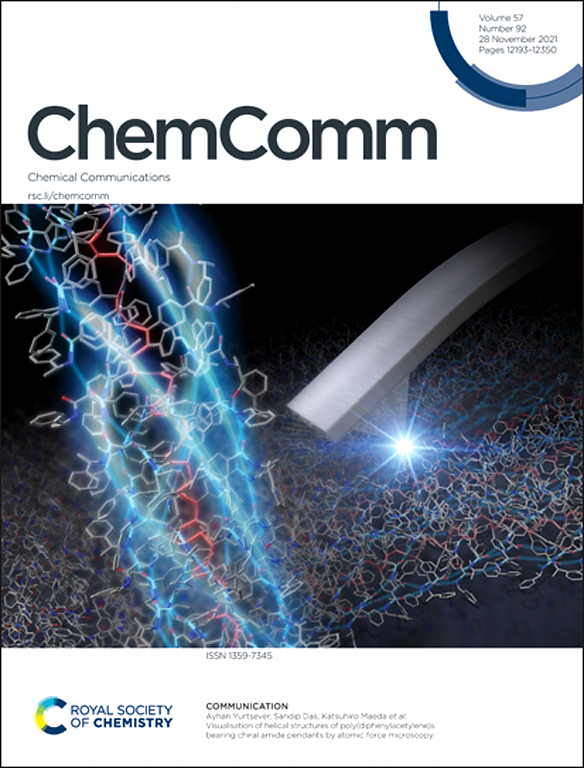Stimuli-responsive peptide-based nanodrug delivery systems for tumor therapy
IF 4.2
2区 化学
Q2 CHEMISTRY, MULTIDISCIPLINARY
引用次数: 0
Abstract
Compared to free chemotherapeutic drugs, nano-sized drug delivery systems exhibit enhanced therapeutic effects and reduced in vivo toxicity. Peptide-based drug delivery systems have garnered significant attention due to the advantageous properties of peptides, including their excellent biocompatibility, diverse side-chain functionalities, and ability to form stable secondary structures. Incorporating stimuli-responsive amino acid residues or specific responsive moieties within their side chains endows these peptide-based drug delivery systems with unique stimuli-responsive characteristics. In this review, we summarize recent advancements and mechanisms in peptide-based nanodrug delivery systems that are capable of responding to one or multiple stimuli as well as conclude with a concise overview of the challenges that lie ahead in this field.
肿瘤治疗中基于刺激反应肽的纳米药物递送系统
与游离化疗药物相比,纳米级给药系统具有更强的治疗效果和更低的体内毒性。基于肽的药物传递系统由于其优越的特性,包括其优异的生物相容性、多样的侧链功能和形成稳定的二级结构的能力,已经引起了极大的关注。在其侧链中加入刺激反应氨基酸残基或特定反应部分赋予这些基于肽的药物传递系统独特的刺激反应特性。在这篇综述中,我们总结了肽基纳米药物传递系统的最新进展和机制,这些系统能够响应一种或多种刺激,并简要概述了该领域面临的挑战。
本文章由计算机程序翻译,如有差异,请以英文原文为准。
求助全文
约1分钟内获得全文
求助全文
来源期刊

Chemical Communications
化学-化学综合
CiteScore
8.60
自引率
4.10%
发文量
2705
审稿时长
1.4 months
期刊介绍:
ChemComm (Chemical Communications) is renowned as the fastest publisher of articles providing information on new avenues of research, drawn from all the world''s major areas of chemical research.
 求助内容:
求助内容: 应助结果提醒方式:
应助结果提醒方式:


